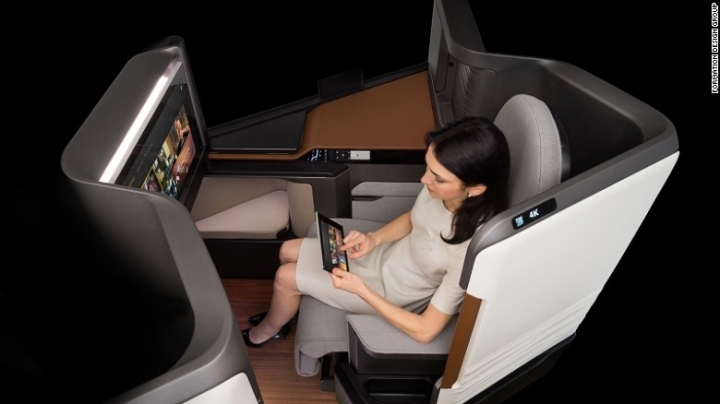Airline cabins of the future: A new golden age of travel?

Air travel photos from the 1960s show smartly dressed, champagne-sipping passengers in spacious airliner cabins.
Contrast that with today's cramped seats and overcrowded airports and it looks like our flying experiences are getting steadily worse, CNN reports.
But is this based on reality?
The aviation industry has been investing massively to prove nostalgic travelers wrong.
Yes, aircraft may still look similar to those of the so-called golden years.But every single aspect of the air travel experience is currently being overhauled -- all driven by technology.
Right at the forefront are airplane cabins.
And key to their transformation is wireless connectivity.
With virtually every passenger toting a smartphone, tablet or laptop, inflight Wi-Fi is opening up new ways to engage with air travelers and redefine the flying experience.
Mobile tech already plays an important role in enhancing travel, from electronic boarding passes to last-minute bids on biz class upgrades.
Earlier in 2016, Panasonic unveiled Waterfront, a system that allows the passengers to use their mobile handsets to control an aircraft's built-in entertainment.
No Internet connection is required, passengers just connect their devices to an in-plane network.
The company's portable wireless system beams pre-loaded content onto passenger devices.
This concept thrives on having a captive audience.
But would it still work if users had a full inflight broadband Internet connection?
Passengers might be more interested in binge-watching their favorite TV series instead of booking airport transfers or ordering an extra cup of coffee.